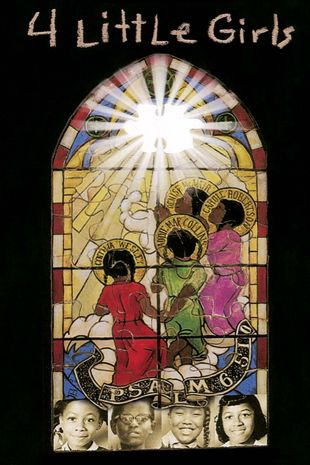Congo: White King, Red Rubber, Black Death (2003)
Directed by Peter Bate
Genres - Historical Film |
Sub-Genres - Race & Ethnicity, Social History |
Run Time - 83 min. |
Countries - Belgium, United Kingdom |
MPAA Rating - NR
Share on
Synopsis by Mark Deming
King Leopold II took over leadership of Belgium from his father, King Leopold I, in 1865, and in 1885, hoping to gain power and wealth as well as assuming control of overseas territories like most other European nations of the time, Leopold created, through political lobbying and military force, the Belgian Free State. Its name a grim irony, the Belgian Free State gave Leopold and his cohorts power over the African territory of the Congo, which he soon exploited for its large supplies of ivory and rubber -- the latter an especially lucrative resource after the invention of the pneumatic tire. Leopold and his soldiers used the Congolese natives as forced labor, with those who refused to work for the Belgians or who violated their newly established laws punished by dismemberment, torture, or death; between 1885 and 1920, nearly ten million people were either slaughtered or worked to death in the Congo under Leopold's rule. Leopold's reign of terror in the Congo became a scandal during the last years of his rule, and he destroyed most of the documents pertaining to the Belgian Free State prior to his death; Congo: White King, Red Rubber, Black Death is a film which attempts to examine the king's crimes with the evidence that still remains. Using interviews with historians, rare documents, and historical reenactments of Leopold's atrocities, Congo: White King, Red Rubber, Black Death is framed by footage of an imagined trial with the king facing a jury for his crimes against humanity -- crimes he was never charged with in his lifetime.
Characteristics
Themes
Keywords
Belgium, brutality, Congo, empire, exploitation, genocide, gulag, king, labor-camp, rubber-plantation, terror

/_derived_jpg_q90_310x470_m0/Banished2007-PosterArt.jpg)
